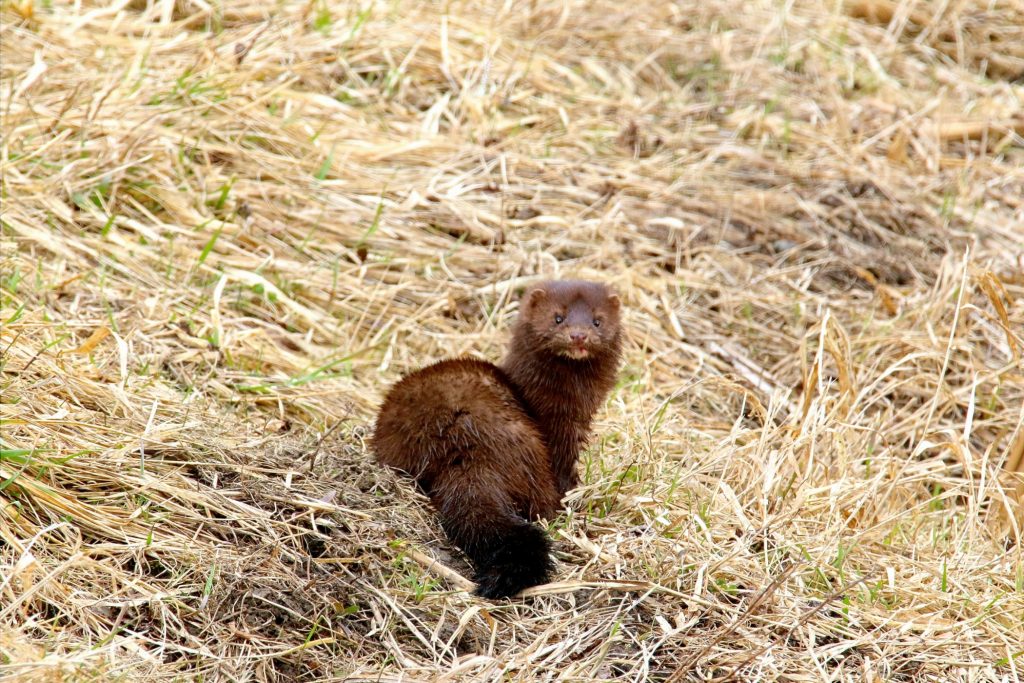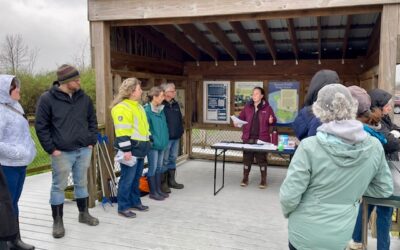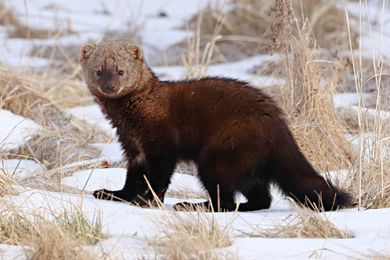
In upstate New York, nature lovers get very excited over sightings of dark, medium-sized mammals. Sharing a photo of an un-identified weasel-type animal gets everyone’s attention, discussing “fisher, mink or otter.” That’s because these animals are making a welcome comeback after decades of absence in the western end of the state.
These three weasel relatives, also known as mustelids, have a few things in common. All are predators with broad diets; fish, small mammals, birds, reptiles, amphibians, and aquatic invertebrates. Muskrats are a common target. Otters have been known to pig out on hibernating turtles. All three animals can swim, although only the otter is fully aquatic.
Mustelids are typically nocturnal, but can become more active during the day in winter. Fur color can range from brown to black, with a grayer tone on the chest and belly for all three. Mink may have a white chin; some fishers have a white chest, and males may have blonde highlights.

Like dogs, the weasel family has its giant, standard, miniature, and toy versions. Otters are the heavyweights at 10-30 lbs; fishers are 3-13 lbs; mink are 1-3 ½ lbs; weasels, also known as ermine or stoats, are 3 -9 oz. (New York’s marten population is limited to the Adirondack region.) Males of each species are generally larger than the females. The weasel family is known for females’ special ability to delay implantation of fertilized eggs. After breeding, these zygotes are dormant in the uterus for months after breeding.
It has been suggested that the river otter should be called the inland wetland otter for its preference for slower waterways with emergent plants. This makes Iroquois National Wildlife Refuge prime habitat, with thousands of acres of sprawling swamps branching off Oak Orchard Creek. While the otter was present statewide in the 1800s, it declined due to unrestricted hunting and trapping, habitat destruction, and water contamination. In 1936, New York state banned otter harvest for nine years. Nonetheless, an otter sighting on the Iroquois refuge in 1988 was the last for years.

Reintroduction of the otter changed the animal’s course. From 1995 through 2000, volunteers working with the state Department of Environmental Conservation (DEC) captured 279 river otters from the Adirondacks and Catskill regions. The otters were released in Western New York at 16 sites. A group of 14 otters that were implanted with radio tags were released on the Genesee River at Letchworth State Park in Geneseo, NY in 1997. Researchers found that most of the animals had left the park after 20 days and had roamed up to 20 kilometers. Otters have been seen at Iroquois in the last few years and their mobility should help them fully regain their range.
Fishers are predators of smaller animals, but are sometimes described as “fearsome.” While they are determined hunters, their behavior is not much different from a hungry fox. As smaller mammals, fishers are often mistaken for house cats when seen at a distance. When startled, they remain low to the ground while darting off, much like a cat.
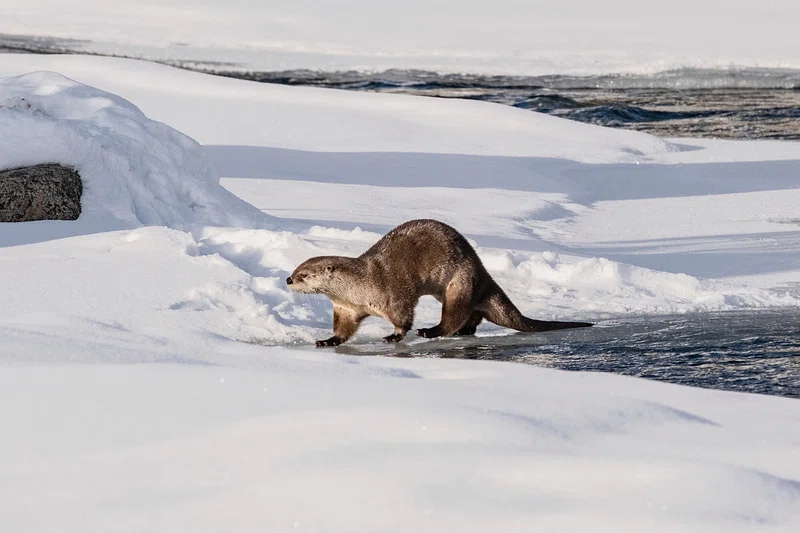
Human pressures also pushed fishers into rarity. Fishers prefer large tracts of dense forest. Unregulated logging and clearing of farmland in the 1800s and early 1900s damaged populations of this animal. They had mostly disappeared in the western end of New York, remaining in the Adirondacks. In 2014, researchers installed 300 camera traps in central and western New York with bait for fishers. The findings were encouraging. Now fishers are being spotted at Iroquois National Wildlife Refuge and from Ithaca to Buffalo and beyond.
Among fishers’ unique traits are semi-retractable claws and hind feet that rotate to the opposite direction. This allows them to walk down trees head first. Their climbing abilities make fishers skilled at out-maneuvering porcupines, which they seek out as prey in eastern New York. Fishers may chase animals up trees to corner them, or drop down to the ground to make a kill.
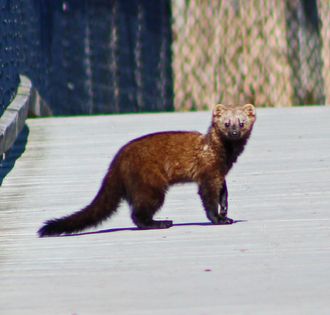
Mink are adept on land and in water. Their populations have remained fairly stable across New York, despite continued interest in their fur. New York’s DEC conducted a study in the 1980s that found that mink prefer stream-side habitats over lakes and wetlands alone. At Iroquois, they have their choice, and are seen regularly. They have also been spotted along the Erie Canal, where they wind their way between boulders on the banks.
While similar in size, mink are predators of muskrats. Mink will take up residence in muskrat burrows, or in hollows in trees, to raise their young. Snow cover provides an added opportunity to discover the animal’s activity from tracks. Like the otter and fisher, mink are active throughout the winter.
By Heidi Truschel
